#Tiananmen Protests
Photo
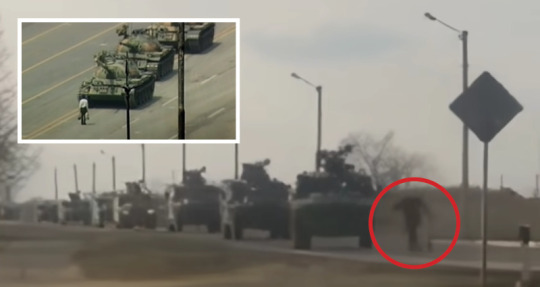
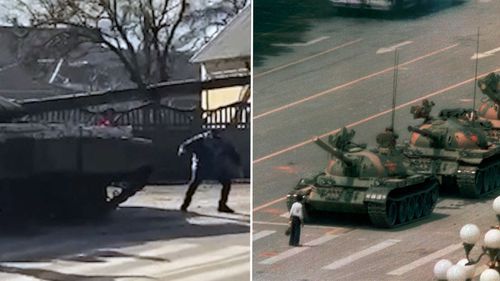
重演历史。
History repeats itself.
#六四#天安门#天安门广场#1989#六四事件#乌克兰#俄罗斯#坦克#坦克人#战争#中国#北京市#June Fouth#June Fourth Incident#Tiananmen Protests#Tiananmen Massacre#Tiananmen Square#Beijing#China#Beijing Massacre#Ukraine#Russia#War#Tank Man
16 notes
·
View notes
Text
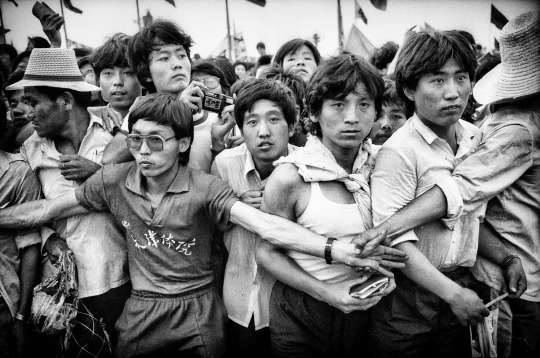
Tiananmen Square, China, Alain Keler, 1989
#alain keler#photography#vintage photography#vintage#black and white photography#beijing#china#tiananmen square#protest#1989#1980s#photojournalism#french
120 notes
·
View notes
Text
1989-Beijing
















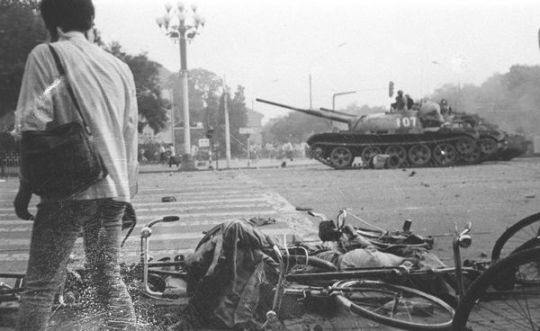
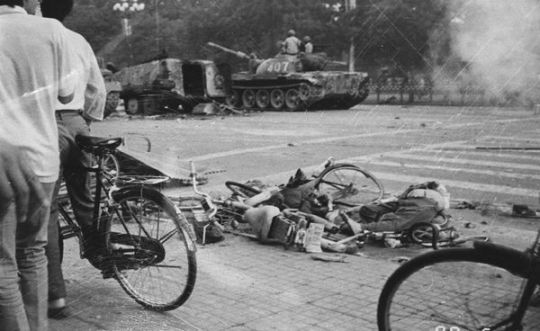



#Jun.4.1989#People's Liberation Army#Tiananmen Square#Beijing#1989 Tiananmen Square protests and massacre#六四天安門事件#history today#República Popular China
222 notes
·
View notes
Text

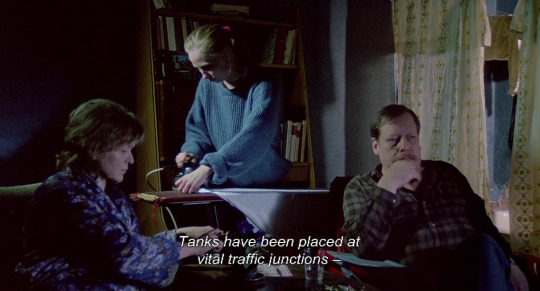

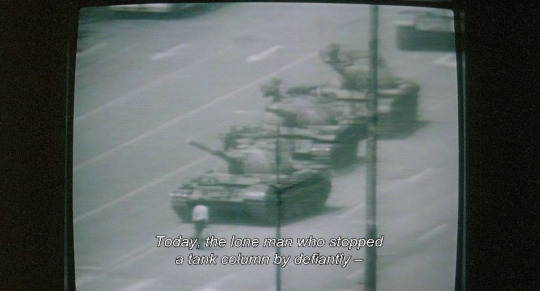


Aki Kaurismäki
- The Match Factory Girl
1990
#Aki Kaurismäki#Aki Kaurismaki#The Match Factory Girl#Tulitikkutehtaan tyttö#finnish film#1990#june fourth incident#1989 Tiananmen Square protests and massacre#Tiananmen Square massacre#tank man#Tiananmen Square Incident#天安門事件#六四事件
26 notes
·
View notes
Text


163 notes
·
View notes
Video
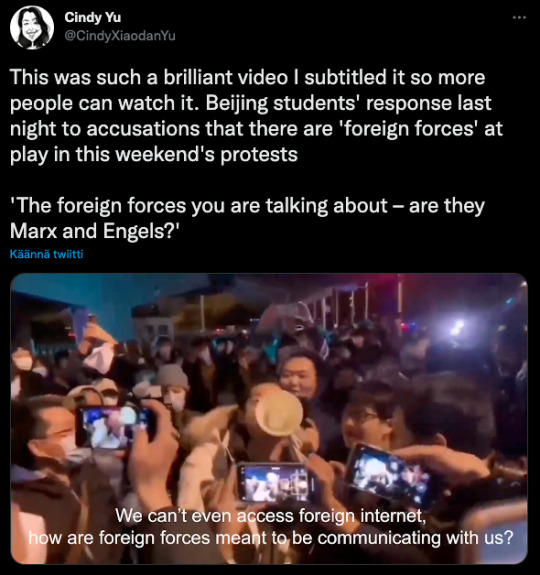
This was such a brilliant video I subtitled it so more people can watch it. Beijing students' response last night to accusations that there are 'foreign forces' at play in this weekend's protests
'The foreign forces you are talking about – are they Marx and Engels?'
https://twitter.com/CindyXiaodanYu/status/1597247427781984257
#china#chinese#china protests#protests in china#signal boost#protest#human rights#freedom of speech#video#i know most of my followers don't reblog stuff or are inactive blogs#but tumblr don't sleep on this!#this is the biggest thing since tiananmen square#an international backlash will help the chinese people
39 notes
·
View notes
Text

16 notes
·
View notes
Photo

Tank Man (Photograph: Stuart Franklin/Magnum Photos)
This photograph was taken by Stuart Franklin, a British photographer, on 5 June 1989, the day after the Tiananmen Square massacre, in which it’s believed as many as 10,000 pro-democracy protesters in Beijing were killed by troops sent in to quash the demonstrations. A lone protester, dubbed “Tank Man”, stood blocking the path of a column of tanks leaving the square. Footage of the incident was smuggled out of China, with the still-unidentified man instantly becoming an icon in the western world. As Franklin put it: “Here was a modern-day version of David and Goliath.” GS
78 notes
·
View notes
Text
Slogans, jokes, objects and colors can stand in for complex sentiments. In Hong Kong, protesters carried yellow umbrellas—also useful to defend against pepper spray—as symbols of their demand for democracy. In Thailand, protesters borrowed a gesture from The Hunger Games series, saluting with three fingers aloft in the aftermath of a military coup. Elsewhere, rainbow flags and the name “Solidarity” have signified the successful fights waged by proponents of LGBTQ and Polish labor rights, respectively.
In some authoritarian nations, dissidents craft jokes and images to build a following and weaken support for the regime. In the Cold War-era Soviet Union, access to typewriters and photocopiers was tightly controlled. But protesters could share news and rile officials with underground samizdat literature (Russian for “self-publishing”), which was hand-typed and passed around from person to person. These publications also used anekdoty, or quips of wry lament, to joke about post-Stalinist Soviet society. In one example, a man hands out blank leaflets on a pedestrian street. When someone returns to question their meaning, the man says, “What’s there to write? It’s all perfectly clear anyway.”
In the early 20th century, generations of Chinese writers and philosophers led quiet philosophical and cultural revolutions within their country. Zhou Shuren, better known by the pen name Lu Xun, pushed citizens to cast off repressive traditions and join the modern world, writing, “I have always felt hemmed in on all sides by the Great Wall; that wall of ancient bricks which is constantly being reinforced. The old and the new conspire to confine us all. When will we stop adding new bricks to the wall?”
In time, Chinese citizens mastered the art of distributed displeasure against mass censorship and government control. That was certainly the case during the movements that bloomed after Mao Zedong’s death in 1976. At the 1989 protests in Beijing’s Tiananmen Square, participants used strips of red cloth as blindfolds. Before the tanks turned the weekslong gathering into a tragedy on June 4, musician Cui Jian played the anthem “A Piece of Red Cloth,” claiming a patriotic symbol of communist rule as a banner of hope for a frustrated generation.
After hundreds, if not thousands, were gunned down by the military, China banned any reference to the events at Tiananmen Square. But Chinese people became adept at filling that void, using proxies and surrogates to refer to the tragedy. Though Chinese censors scrub terms related to the date, such as “six four,” emoji can sometimes circumvent these measures. According to Meng Wu, a specialist in modern Chinese literature at the University of British Columbia, a simple candle emoji posted on the anniversary tells readers that the author is observing the tragedy, even if they can’t do so explicitly. In recent years, the government has removed access to the candle emoji before the anniversary.
As a survivor of the Tiananmen Square massacre spoke to the crowd gathered at Washington Square Park, the undergraduate who called himself Rick expressed concern for a friend who had been taken into custody by police in his home province of Guangdong. Given the government crackdown, Rick suggested that public protests were largely finished for now. Still, he predicted, the movement will “become something else”—something yet to be written.
— The History Behind China's White Paper Protests
#suzanne sataline#the history beyond china's white paper protests#history#current events#totalitarianism#oppression#politics#chinese politics#censorship#journalism#free speech#protests#silent protests#zero covid protests#2019-2020 hong kong protests#2020-2021 thai protests#cold war#1976 tiananmen incident#1989 tiananmen square protests and massacre#china#hong kong#thailand#ussr#lu xun#samizdat
9 notes
·
View notes
Video
youtube
Tiananmen Square: Rarely seen video of the 1989 protests in China, December 5, 2022
In 1989, protests by students in Tiananmen Square changed the course of history — resulting in a massacre the Chinese government still denies today. Watch CNN’s coverage from on the ground that year. After the Chinese government pulled the plug on the broadcast, CNN reported by telephone and used video travelers snuck out of the country.
CNN
#Beijing#China#people's republic of china#tiananmen square#1980s#20th century#六四事件#天安門#八九六四#八九民運#天安門事件#Tiananmen Square massacre#Deng Xiaoping#Hu Yaobang#Zhao Ziyang#authoritarianism#Li Peng#people's liberation army#protest#CNN#censorship#military#politics#history#economics#democracy#human rights#erasure#progressivism#1989 Tiananmen Square protests
16 notes
·
View notes
Text
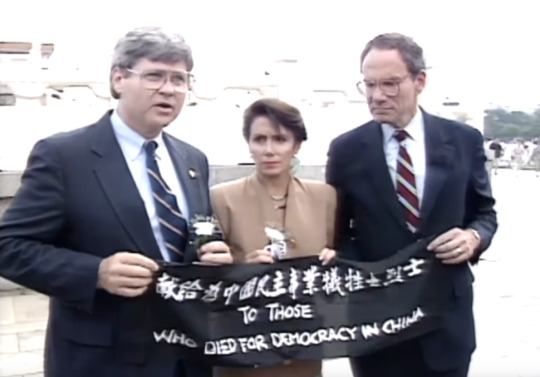
#Nancy Pelosi protesting against the Tiananmen Square Massacre#moments before her arrest by the CCP. Tiananmen Square#1991#Crazed_Archivist#oldschool
20 notes
·
View notes
Text
‘Never seen before protests in China’ are you, like, sure?
4 notes
·
View notes
Link
Extract:
Yu-Wen has brought her seven-year-old daughter, Shawny, to the vigil, hoping to pass on the knowledge of what happened, as her own mother did for her.
“I’m worried that Taiwan may become like Hong Kong. I want her to know that we can protest and we can speak up,” she says.
The mixed feelings about the vigil extend to Hong Kongers, and many here do not want to mark the day.
The vigil on Saturday vigil was bigger than in previous years but was still dominated by Hong Kongers, NGO representatives and the media. A small group of Hong Kongers met early at the nearby Chi-nan Presbyterian church, a known haven for Hong Kong protesters.
2 notes
·
View notes
Text
「旗帜鲜明 反対四・二六社説」

1989 – The April 27 demonstrations, student-led protests responding to the April 26 Editorial, during the Tiananmen Square protests of 1989
#Apr.27.1989#April 26 Editorial#Tiananmen Square#protests#demonstrations#history today#República Popular China
2 notes
·
View notes
Text
Youth In Asia - Beijing 1989
A Monday Monday Song
Youth in Asia is the eleventh and final song on my recent album Peace Colored Gown.
Originally released on the Belly Hymns album. Vocals: Keith Lyndaker and Peter Sabath, Music: Live recording on a radio show in 1989. Song written soon after the Tiananmen Square massacre on June 4. Remised and remastered in 2023.
You and I have paid for Tiananmens everywhere.
Peace…

View On WordPress
#Beijing#China#Democracy#Keith M. Lyndaker Schlabach (KMLS)#Music#Nonviolence#Peace Colored Gown#Protest#Singer Songwriter#Songs#Tiananmen Square#Violence#Youth in Asia
0 notes
Video

Wow, this is really something.
“#CCP , step down! #XiJinping, step down!”
The crowd is shouting, and the police officers do NOT stop them.
At Urumqi Road in #Shanghai, #CCPChina
https://twitter.com/jenniferzeng97/status/1596621356103262208
#china#chinese#china protests#protests in china#protest#signal boost#ccp#anti ccp#urumqi#shanghai#video#please don't ignore this#this is the biggest thing since tiananmen square#the chinese people don't want a dictatorship#we can help by making the world talk
3 notes
·
View notes